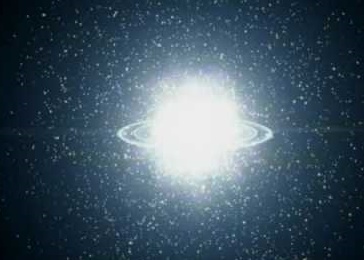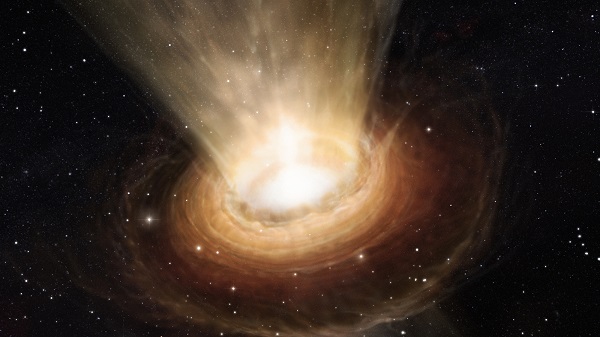Birth of Universe

According to the most popular theory, the universe began with a big explosion, the Big Bang, which happened 15 billion years ago. From this began the expansion of the universe.
This expansion continues today, slowly moving the galaxies away from each other. The matter from Big Bang became cooler, little by little, and from this originated the planets, the stars the galaxies and the solar systems.
The Universe can be defined as everything that exists, everything that has existed, and everything that will exist. According to the current understanding, the Universe consists of space-time, forms of energy including electromagnetic radiation and matter, and the physical laws that relate them.
Some physicists have suggested various multiverse hypotheses, in which the Universe might be one among many universes that likewise exist.
Big Bang
The Big Bang theory is the prevailing cosmological model for the universe. The model accounts for the fact that the universe expanded from a very high density and high temperature state, and offers a comprehensive explanation for a broad range of phenomena, including the abundance of light elements, the cosmic microwave background, large scale structure and Hubble's Law.
After the initial expansion, the universe cooled sufficiently to allow the formation of subatomic particles, and later simple atoms. Giant clouds of these primordial elements later coalesced (came together to form a single mass) through gravity to form stars and galaxies.
 Some estimates place big bang at approximately 13.8 billion years ago, which is thus considered the age of the universe.
Some estimates place big bang at approximately 13.8 billion years ago, which is thus considered the age of the universe.
The Big Bang model accounts for observations such as the correlation of distance and redshift of galaxies, the ratio of the number of hydrogen to helium atoms, and the microwave radiation background.
Historically, there have been many ideas of the cosmos and its origin. Theories of an impersonal Universe governed by physical laws were first proposed by the Greeks and Indians. Most modern, accepted theories of cosmology are based on general relativity and, more specifically, the predicted Big Bang.
The Big Bang theory depends on two major assumptions: the universality of physical laws and the cosmological principle.

